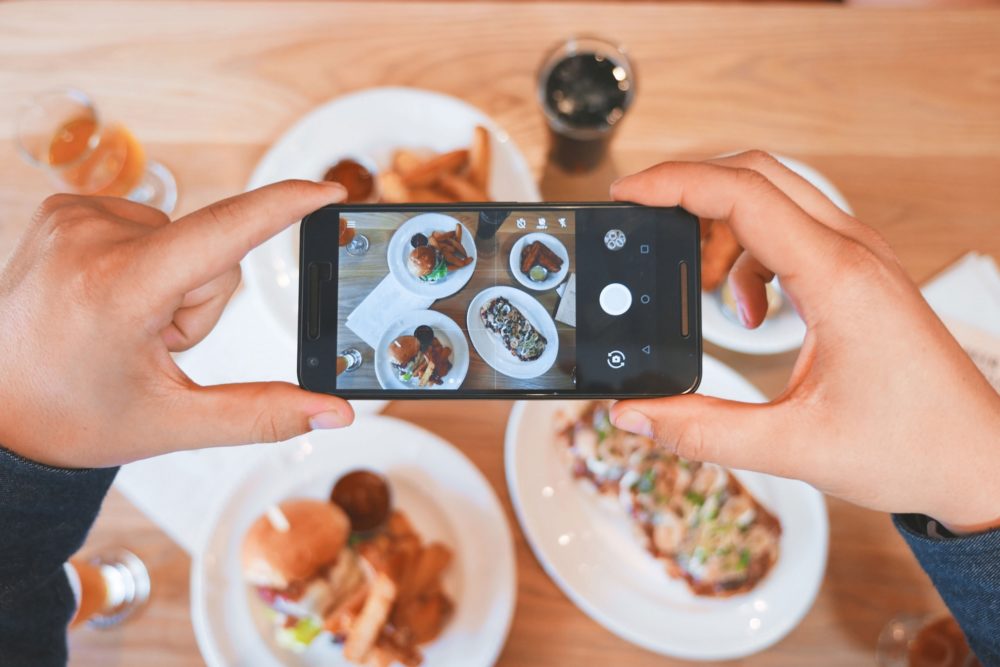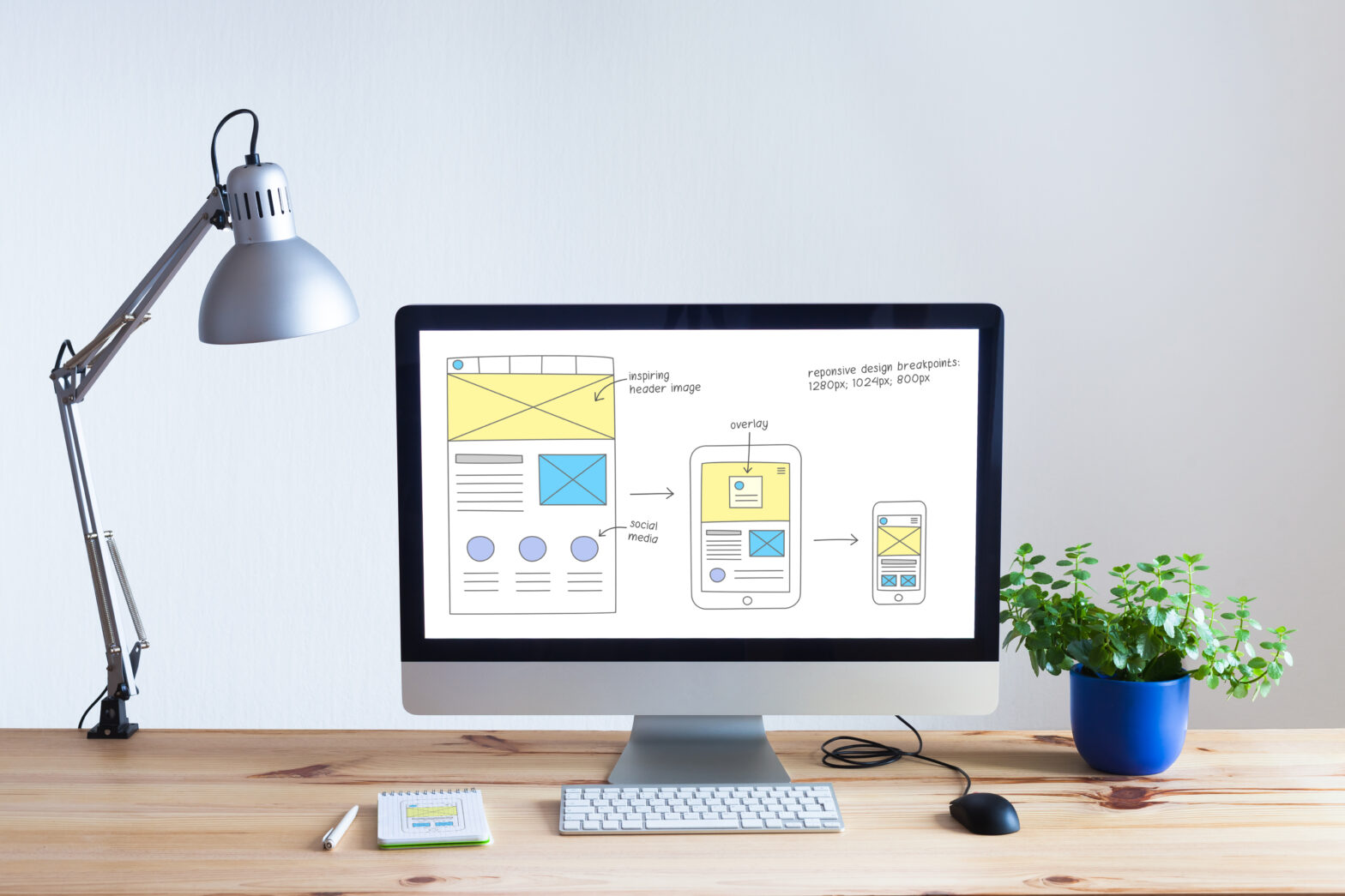Getting started on Instagram is fun and can be a great step into the world of social media for your small business. But you might find that you need advice further down the line – perhaps you struggle to grow, stagnating after a certain number of followers or likes per post.
All types and sizes of business can thrive on Instagram, though it is more crucial to certain small businesses, particularly the visually driven ones like restaurants, florists, hairdressers and clothing retailers.
We’ll show you how to get growing. To learn about getting started on Instagram, check out this step-by-step guide to creating an Instagram business profile.
1. Nail your marketing strategy
If you’ve been on the platform for a little while, it’s a fine idea to refresh and remind yourself why you’re using it.
While you’re there, remind yourself of your tone and personality. Shape them up if necessary – consistency with tone is as important as it is with the frequency of your posts.
Set out your goals. What do you want to achieve from Instagram? You may find your goals match some of Instagram’s ad objectives which you can then use to set up and track campaigns in the future. These include brand awareness, reach (to your website or to your app in the app store), app installs, engagement, video views and conversions. You can find out more about advertising on Instagram below.
Stories perform well so make sure they have a firm place in your marketing strategy, as they effectively skip to the front of the newsfeed queue. Instagram Live, which is a feature where you can broadcast a live video, is handy if you’re making a big announcement or your team are doing a charity event. Like Stories, it doesn’t affect the algorithm, but people can receive notifications when you’re live which helps drive engagement.
Scheduling is crucial. Map out your content in regular intervals – either day by day, week by week, month by month or year by year. Pencil in details of each post, remembering to include the date it’ll go out and the caption as well as any images/videos and hashtags. Take notice of the word count of the post, other accounts mentioned within the captions and your calls to action.
If you don’t use one already, consider a social media scheduler like Buffer or Hootsuite. They’ll let you compose posts in advance, and you can tailor each post to the individual platform.
Be prepared to change your strategy several times throughout the year according to algorithms, changes in your audience and changes as a result of your business growth.
When putting together your posts, leave time aside to create the initial posts as well as taking a couple of sessions a week to respond to comments and to like other people’s posts.
Assign a column to recording engagement, especially if that’s how you’re measuring performance (more on that later).
2. Learn the latest Instagram algorithms
Firstly, let’s get any ambiguity out of the way. An algorithm is a way of organising a user’s feed based on things it thinks they’d like to see. They often change, so make yourself aware of the latest algorithms where possible.
What these users see can be dependent on how they interact with you. If they never interact with your content, there’s an unfortunate chance they’ll never see your future posts.
Help your cause by posting consistently. It’s likely to drive more engagement with your audience and it lets Instagram know that you’re a legitimate account. But remember, a smaller number of posts with more engagement is better than more posts that have poor engagement. In fact, the latter could do damage to your reach.
Get friendly with other small businesses so that you can support each other. You’re more likely to be viewed as friends and family if you’re tagged in their posts, meaning that you can share audiences.
‘If users never interact with your content, there’s an unfortunate chance they’ll never see your future posts’
Finally, post when your followers are more likely to be online. Use Instagram Insights to get a sense of when your users are most engaged with your posts and encourage users to spend longer looking at your posts by incorporating videos or inviting them to comment and tag their friends.
3. Choose the right options for advertising
For a quick boost it’s worth considering advertising. Again, decide what you want from Instagram advertising.
It’s important to mention that linking is more restrictive compared to other social networks as you can’t insert links into Instagram posts. Instead, you can put links in your Insta bio – you may have seen this before when a company posts and follows the caption with ‘link in the bio’.
You can post the link text into your post if you prefer, but fewer people are likely to engage as they’d have to copy and paste the link into a new tab on their web browser.
The exception to this rule is that you can put paid links in promoted posts and Stories.
Now, onto the types of ads. You can target ads based on users’ location, interests, demographics and behaviour as well as targeting custom audiences and lookalike audiences. Instagram uses Facebook’s demographic data which makes it easier for you to target your audience.
Sponsored post
The most common way to do this is a sponsored post in the form of a standard photo, video or carousel. Carousel is a series of scrollable images which are great for more visual businesses.
Stories
Alternatively, you can advertise as an Instagram Story which will appear in-between your friends’ Instagram Stories.
Explore
Place ads in Explore (Instagram’s search feature). This is the box grid that appears when you tap the search key in the bottom toolbar. It works to your advantage because users are looking for new content that is relevant to them anyway.
Reels
Record and edit short reels (up to 90 seconds) to highlight your products and services – or anything fun that’s in keeping with your brand’s tone of voice. Add music, voiceover, effects, stickers. You can even add a timer as a countdown to a sale or other event.
Collection
Collection ads are better for retailers as they showcase products from your store through photos, images or a combination of the two.
Influencers
The final possibility is affiliate marketing through influencers. To see if it’s worth your while, work out the engagement rate for each influencer. Do this by adding together the number of likes and comments the influencer has on their Instagram profile, divide by the total number of followers and divide that by number of posts. As this is a laborious process, there are online tools that can do this for you. An average engagement rate of 1 per cent to 3 per cent is considered good.
Of course, make sure the influencer you’re contacting has values that are aligned with your brand. Even a niche influencer with a small following could bring more customers and better returns than a less engaged larger audience.
If the influencer is suitable for your brand, get in touch and see if you can do a deal. You can learn more about influencer marketing and whether it’s a good fit for your brand here.
4. Monitor your performance for continual growth
You’ve got a few markers to track your performance. Here are some examples (which may vary depending on your objectives and goals for Instagram):
- Followers
- The number of likes and/or comments
- Video views (if Reels are part of your strategy)
- Engagement figures
- Website traffic
As ever, quality beats quantity here, especially for the number of followers. It’s still worth keeping track of follower numbers as you can gauge if there is a particular post or ad which has helped or damaged your brand.
It’s better to have fewer, more engaged followers. Engagement is an indicator of the types of content people want to see, measured as the number of likes or comments you get based on the number of followers you have.
You won’t be surprised to hear that Ads Manager will track your ad performance. It works on the same platform as Facebook Ads Manager, so it helps if you’re familiar with that already. It allows you to look at the metrics mentioned above for individual campaigns with the added ability to schedule and save reports.
Hopefully this has given you greater insight into the factors that can help you grow your Instagram account. For more on the topics discussed in this feature, read the following guides:
Instagram marketing for small businesses
Instagram Explore: everything you need to know
A small business guide to Instagram Live





